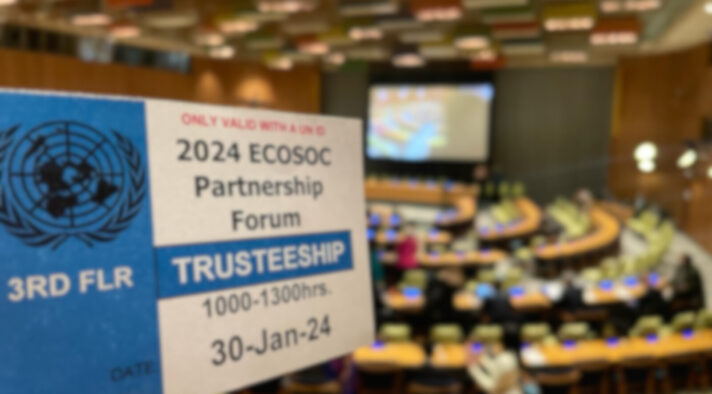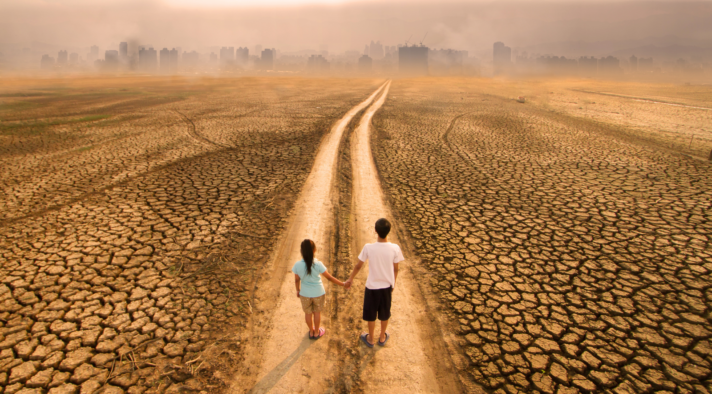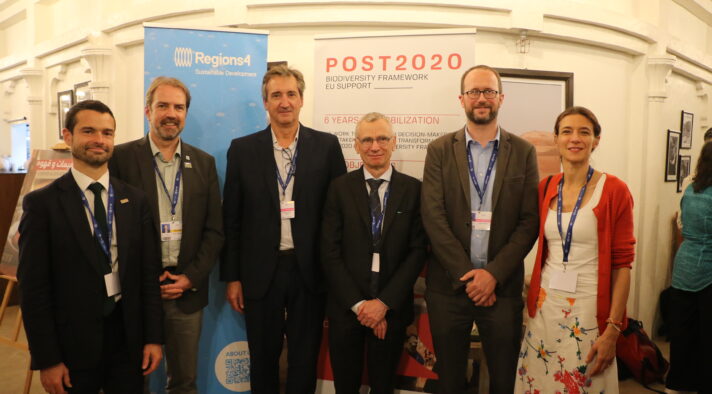The Scottish government launched the report “Practical Action for Addressing Loss and Damage” which highlights recommendations and examples of how to tackle losses and damages at the local and international level.
At the Gobeshona Conference on the 16th March 2023, the former First Minister of Scotland Nicola Sturgeon launched a report into practical action to address loss and damage.
At COP27, and after three decades of campaigning by the global south, parties agreed to establish a loss and damage fund.
Loss and damage now sits in a new context – but the focus must remain on delivering for the most vulnerable. The Transitional Committee (TC), made up of 24 UN members who met for this first time this month of March 2023, is tasked with making recommendations on the governance and function of the Fund. Regions and other non-state bodies have a role to play in supporting the work of the TC and ensuring that the structures that emerge meet the needs of the most vulnerable.
The report underlines that “Loss and damage measures address impacts that have happened, or are expected to materialise.” Losses and damages are happening now and are forecast to increase in severity and frequency as global temperatures rise due to climate change. They include loss of life, destruction of infrastructure, impacts on livelihoods and wellbeing, forced displacement, loss of cultural heritage and biodiversity. The scale of finance needed is estimated to be in the $100s of billions per annum.
In the lead-up to COP27, the Scottish Government hosted a conference that sought to listen to and platform the existing and innovative ideas already being put into practice on Loss and Damage. Presenting 24 case studies on innovative finance, needs assessment and intervention from across the world, the conference focused on practical action – how to get money and support to those most in need, as quickly as possible.
At the conference and, as in this report, the Scottish Government emphasised four principles to shape action: that we must act urgently with finance sources that are separate and additional, deploying the full range of solutions available and without generating or compounding debt for those they aim to support.
Alongside identifying some of the solutions available, analysis of the case studies has provided 10 ‘insights’ into the characteristics of equitable funding and action. Climate change of course disproportionately affects women, the elderly, people with disabilities and indigenous groups, among others; a critical insight is that action must consider the differentiated impacts and intersecting vulnerabilities of the people and communities at the climate frontline.
The case studies and insights are the start of a blueprint for fair and just action: readers are encouraged to share the report widely in Loss and Damage and other spaces, and to feed back to continue to learn and platform best practices and solutions.
Regions4 will continue informing regional governments on how to connect and present their experiences in the framework of the loss and damage negotiations and global debates.
Read the report: https://www.gov.scot/publications/practical-action-addressing-loss-damage/pages/1/
Photo credit : Credit Prakash Khadka for Practical Action, Farming in Nepal
Contributing author: Ruth Mattock | International Climate Change Division of the Government of the Scottish Government



